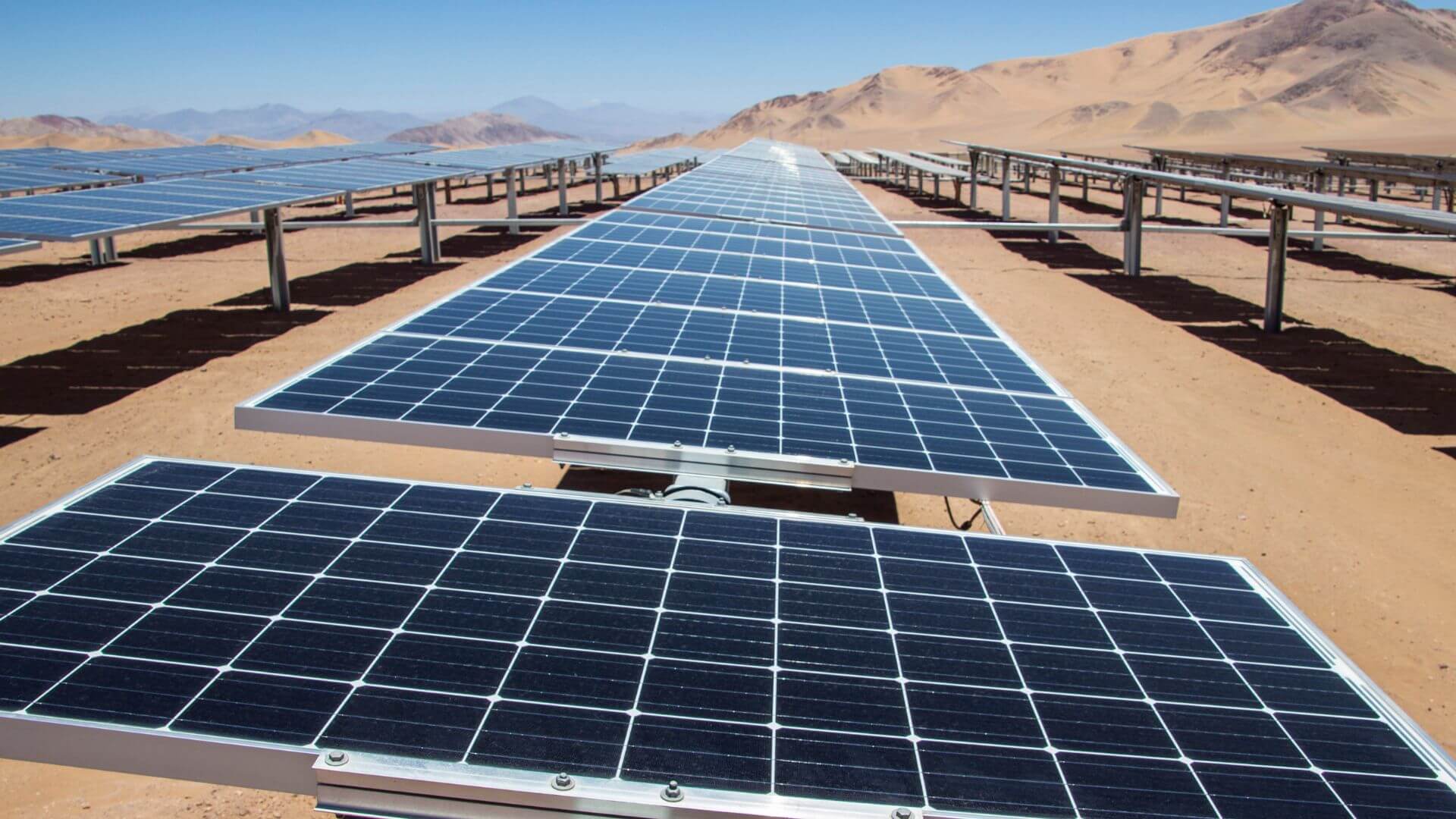As the world increasingly calls for clean and renewable energy sources, photovoltaic (PV) technology has emerged as a popular option. With PV, sunlight is directly converted into electrical energy.
However, as with all technologies, it comes with its own set of challenges. The production of PV panels has raised some concern about its environmental and social impact.
This has raised the question of how ethical PV really is, and if the good can outweigh the bad.
How Does PV Work?
PV technology uses semiconductor materials to directly convert sunlight into electricity. As sunlight falls on the semiconductor surface of a PV cell, the electrons are pushed down in the semiconductor and they begin to flow as an electric current.
This process is clean and emission-free, and for this reason, it has become a cornerstone of renewable energy. Solar PV systems range in size from small rooftop solar panels to large-scale solar farms that can power whole communities.
PV As A Renewable Energy Source
More businesses and communities around the globe have made the move to PV technology as it offers a range of benefits. Firstly, sunlight is plentiful and therefore freely available across much of the world. This reduces dependence on finite resources, such as fossil fuels.
Secondly, advancements in PV technology have drastically lowered the cost of solar panels over the past couple of decades. This has made these devices more accessible for individual consumers and businesses.
Additionally, once it has been installed, there are minimal maintenance costs. Moreover, it can have a lifespan of up to 25 years, making it well worth the investment.
It offers an opportunity for people, companies, and even countries to reduce their carbon footprint and head towards more sustainable energy systems due to its ability to produce clean energy with low operating costs.
How Does PV Impact The Environment?
The entire life cycle of a PV system can impact the environment, from extraction to the recycling of outdated installations. If these are left unaddressed, it can compromise PV’s role in creating a greener future.
Extracting Raw Materials Depletes Resources
The mining of metals used in the PV panels, such as copper and rare earth metals, is known to destroy habitats, affect water sources and cause air pollution. As the global pressure mounts to use renewable sources of energy, these impacts are usually overlooked.
As the demand for PV technology continues to rise, there may not be enough natural resources to support its growth. Silver is one example of a natural resource that is required. There is no infinite amount of silver available and eventually, it will run out due to excessive PV manufacturing.
Its Land Requirements Affect Natural Habitats
The large-scale solar farms require a fairly vast area of land, which directly poses a threat to natural habitats and biodiversity.
It’s not uncommon for solar farms to have been built on previously undisturbed land, leading to the displacement of wildlife and changes in local ecosystems.
More from Guides
- Who Is Responsible For Managing HR Software?
- 7 Game-Changers Making Life Admin Effortless
- Why Startups Are Choosing VoIP Over Mobile Plans
- Which Countries Have Non-Domicile Regimes?
- Top Alternatives To LastPass
- What Is an Indie Hacker?
- Starting a Business in Azerbaijan
- Top Alternatives To Wise For Payments
The Effects Of Recycling Obsolete Technology
Technically speaking, all photovoltaic panels may have a lifespan of approximately 25-30 years. After this, they will either need to be replaced or recycled. Although it is possible, the process of recycling of PV panels can be very complicated and expensive.
Material values recovered from recycled panels are typically lower than the cost of the recycling process itself. This, in turn, has the potential to result in large-scale waste accumulation and cause further damage to the natural environment.
The Social Impact Of PV
Aside from its environmental effects, the use of PV technology also faces significant challenges when it comes to working conditions, access to energy and land rights.
Difficult Or Dangerous Working Conditions
In some countries, workers often have to work in dangerous conditions with low salaries and exploitation at the hands of their employers.
The conditions are similar when it comes to the manufacturing process, especially when it comes to countries that are not stringent on the protection of labour. The workers in the factories of PV panels face long working hours working with hazardous materials.
Some Areas Lack Access
While the use of PV technology is popular in some areas, most underdeveloped communities lack access to it. Most often, the high upfront costs, lack of infrastructure, and political barriers are responsible for these communities being unable to benefit from this energy source.
Solar Farms Can Displace Communities
It has also been reported that, in many cases, local communities have lost land for solar projects without fair compensation or a proper consultation process. This is known as “land grabbing” and has raised concerns about exploiting these vulnerable local communities.
Local communities may also have cultural connections to the land which gets taken away to accommodate solar farms. This is usually done without prior knowledge, or consent.

